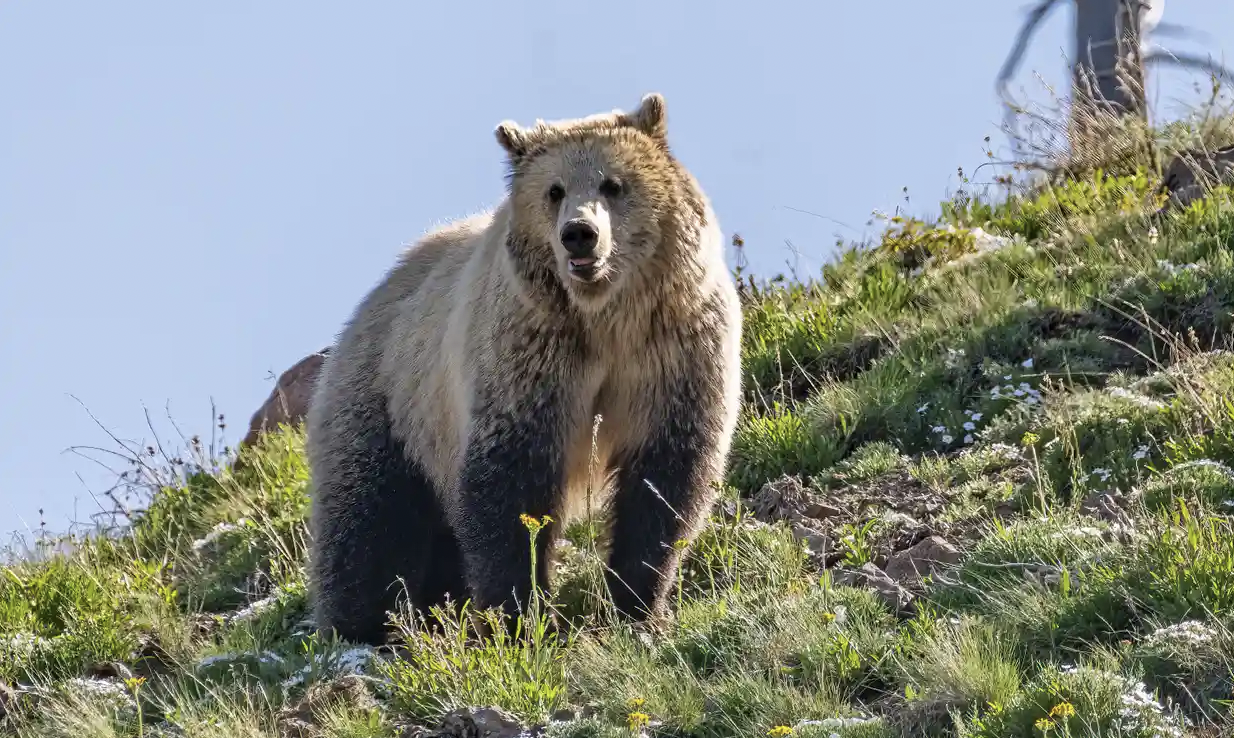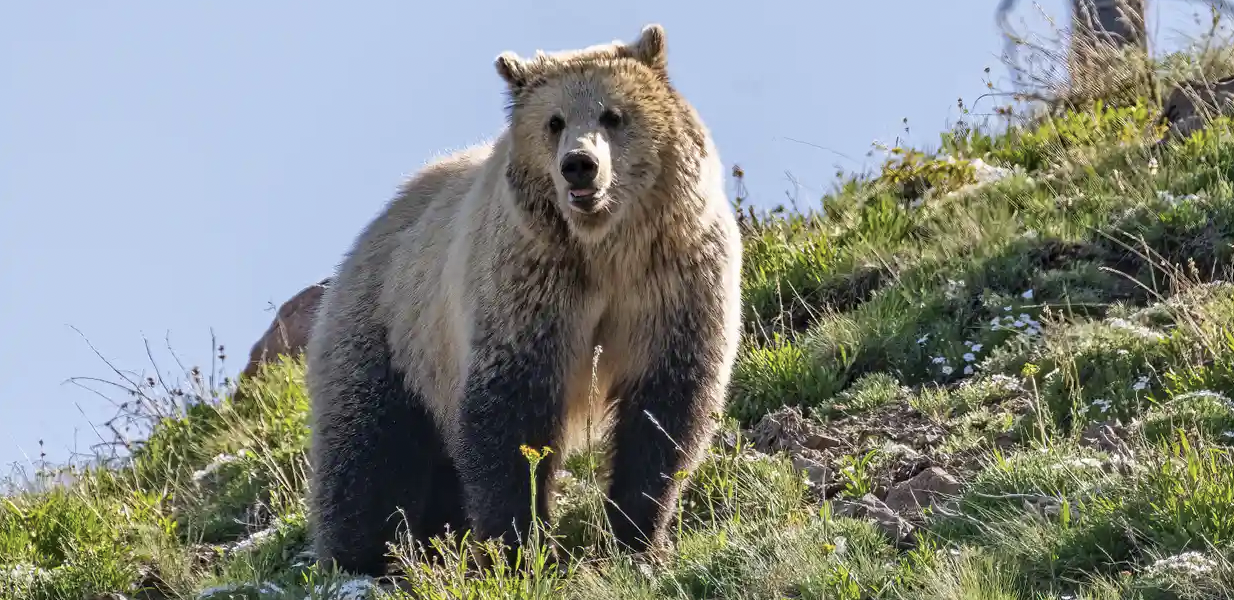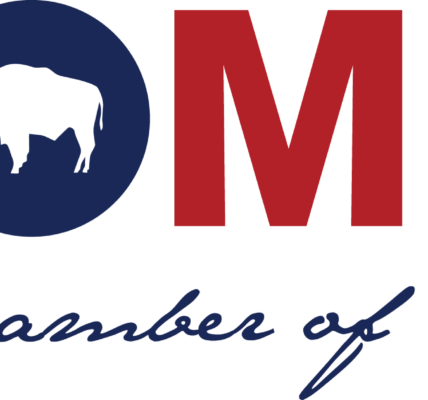
According to information released by the Wyoming Game and Fish Department (WGF), the agency coordinated an effort with the U.S. Fish and Wildlife Service to relocate a subadult male grizzly bear on August 26.
Information from the WGF stated “the grizzly bear was captured and relocated due to habituated roadside behavior that resulted in human safety issues on a state highway. Substantial efforts to prevent people from practicing unethical wildlife viewing practices were unsuccessful. Due to negligent human behavior and to protect people and the animal, the grizzly bear was moved. In cooperation with the U.S. Fish and Wildlife Service and the Caribou-Targhee National Forest, the bear was relocated to the Fall River drainage approximately 28 miles northwest of Moran.”
According to greatbear.org, “Salmon streams and national parks allow for easy bear-viewing opportunities. However, once people start crowding around, a bear can quickly become surrounded. If the bear wants to leave, it has no choice but to approach humans or bust through a crowd. Most bears don’t want to take that risk, so they stay in place, displacing nervous energy into acts like grazing, that are easily misinterpreted by humans as contentment. If the bear wants to leave, let it leave. Do not follow or approach a bear.”
Grizzly bears are relocated in accordance with state and federal law and regulation, and Game and Fish is required to update the public whenever a grizzly bear is relocated.
While officials still maintain that interactions between people and bears are rare, there have been several high profile incidents in the region this summer that have resulted in the death of both bears and at least one woman.
• WHY RELOCATION?
Grizzly bear relocation is a management tool large carnivore biologists use to minimize conflicts between humans and grizzly bears. It is critical to managing the expanding population of grizzly bears in Wyoming.
Capture is necessary when other deterrents or preventative options are exhausted or unattainable. Once the animal is captured, all circumstances are taken into account when determining if the individual should be relocated. If relocation is warranted, a site is determined by considering the age, sex, and type of conflict the bear was involved in as well as potential human activity nearby.
Grizzly bears are only relocated into the recovery zone or adjacent areas. With any relocation, Game and Fish consults with appropriate agencies to minimize the chance of future conflicts and maximize the relocated grizzly bear’s survival.
Bears that are considered a threat to human safety are NOT relocated. In some cases, a bear may be removed from the population if it cannot be relocated successfully.
• HOW THE PUBLIC CAN HELP
Game and Fish continues to stress the importance of the public’s responsibility in safe wildlife viewing, bear management and the importance of keeping all attractants such as food, garbage, horse feed, bird seed unavailable to bears. Reducing attractants available to bears reduces human-bear conflicts, and in some cases, relocations.
For more information on grizzly bear management and reducing the potential for conflicts please visit theBear Wise Wyoming webpage.





